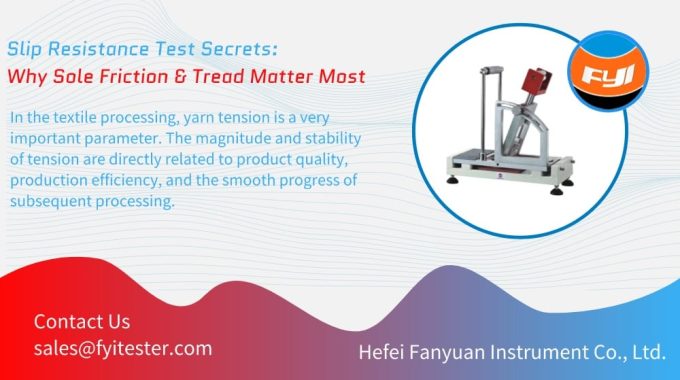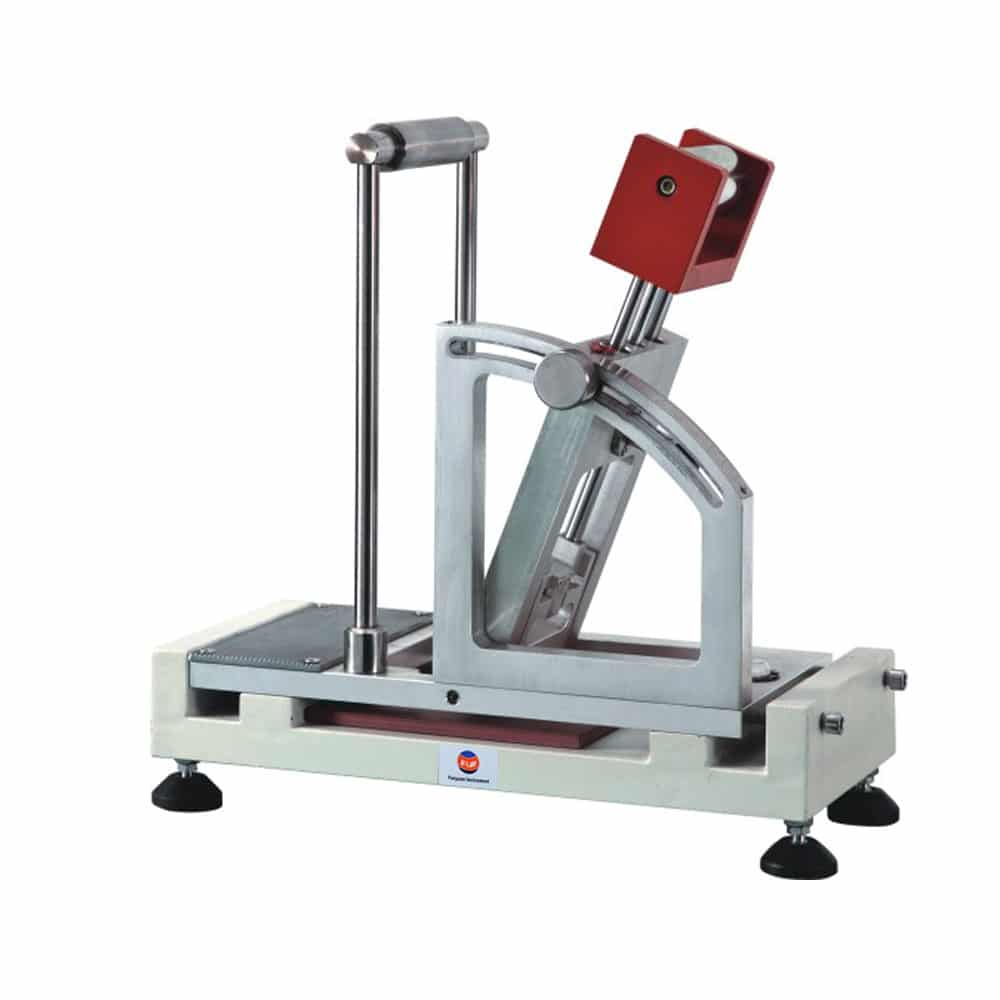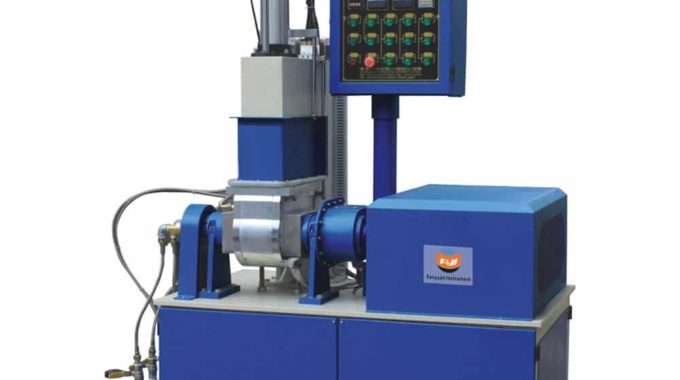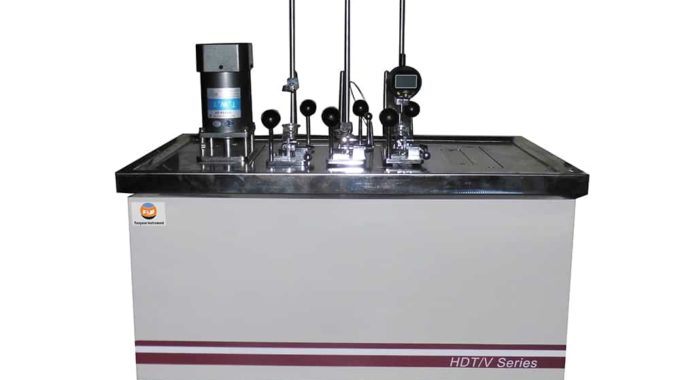
Slip Resistance Test Secrets: Why Sole Friction & Tread Matter Most
Slips and falls have been identified as one of the main causes of accidents in the workplace, public places and at home. Why do people slip and fall? This is because the shoes have poor slip resistance properties, which leads to falls.
Contents
Characterization of slip resistance performance of footwear
Common sense tells us that the sliding between two objects is caused by the friction between them being smaller than the external driving force. If the friction between the shoes and the ground is larger than the tangential force generated when we walk, it will be enough to prevent the shoes from sliding, and slipping and falling will not happen or the probability of it happening is very small. Therefore, friction is the key factor in whether the shoes and the ground slide.
According to the friction coefficient formula:
μ=f/N, it is transformed into f=μ·N, (μ: friction coefficient; f: friction force; N: positive pressure)
It can be seen that: under the same pressure (such as shoe weight + human weight), that is, when N is constant, f is proportional to μ, that is, the larger μ is, the larger f is, which means that the friction between the sole material and the ground material is greater, and the more slip resistance; when a specific person wears the shoe, the pressure on the ground is basically constant, so the larger the friction coefficient is, the better the slip resistance performance is, so the sole friction coefficient becomes a parameter representing the slip resistance performance of the shoe.
How to improve the slip resistance performance of shoes
Improving the friction between the sole and the ground is the main way to improve the slip resistance performance of shoes, and improving the friction coefficient of the sole material is the key link, which can be improved through material type, hardness, pattern and depth.
Material is very important. Most of the shoes sold on the market today are made of rubber. This material is indeed very slip resistance and wear-resistant, but the rubber sole will become very brittle in cold extreme weather and it is easy to break the sole, so the quality is not very good and the slip resistance coefficient will also be reduced. Most of the better quality materials on the market use thermoplastic rubber, such as TPR outsole, which is both slip resistance and wear-resistant.
The sole should not be too soft or too hard. Although a too soft sole is very comfortable, it will affect the center of gravity of the human body and it is easy to slip; a too hard sole will easily make the foot lose the judgment of the real situation of the ground, so the slip resistance performance is also very low, so the hardness of the sole should be moderate.
The same material can improve the bite force between the sole and the ground by changing the sole shape structure, thereby greatly improving the slip resistance performance of the shoe. For example, avoid smooth hard soles and use rough, patterned, grooved structures. Different sole structures also have different friction and bite forces when used with different ground surfaces.
In addition, there are certain requirements for the layout and height of the pattern on the outsole of footwear. Generally, the pattern is distributed on the forefoot and heel of the sole and is designed obliquely. When the pattern depth is more than 2.5mm, the shoe can have better slip resistance performance.
In addition, from the formula f=μ·N, in addition to the friction coefficient μ of the shoe itself, the external pressure N is also a factor that affects the friction force. That is to say, for the same pair of shoes, light people are more likely to slip than heavy people; therefore, light people should pay more attention to the slip resistance performance of the sole when choosing shoes.
Slip resistance test standards
The following is an introduction to how the Chinese standard GB/T 3903.6-2017 “Footwear – Test methods for whole shoes – Slip resistance performance” tests the “slip resistance performance” of shoes.
Test Principle
The sample to be tested is placed on the test interface, and a specified force is applied according to the size of the shoe. The plane and the sample are moved relative to each other horizontally or at a certain angle, the friction force is measured and the friction coefficient is calculated. The slip resistance performance of the whole shoe or sole is evaluated based on the size of the friction coefficient. The larger the friction coefficient, the more slip resistance the whole shoe or sole is.
Interface and media selection
Dry interface
According to the standard requirements, the following standard interfaces can be selected for testing: glass, STM603AC tiles, wooden floors, stone slabs.
Wet interface
When conducting wet tests, the following media can be added to the standard interface: glycerol aqueous solution, detergent solution, and grade 3 water.
Shoe last selection and vertical load
During the test, apply the appropriate shoe last according to the size of the shoe; the vertical test load is selected according to the size of the shoe, and can be selected: (400±20)N or (350±20)N. If there are special requirements, it can be selected between 100N and 600N.
Slip resistance tester
Slip resistance tester is based on the principle of the ratio of the horizontal force component to the vertical force component of the load, used to measure the maximum static coefficient of friction of footwear sole and heel against floor surfaces. This tester is portable and can be used on any kind of dry, wet or contaminated floor.

The tester is used for determining the slip resistance of footwear sole, heel, or related materials (test feet) against planar walkway surfaces or walkway surrogates (test surfaces) in either the laboratory or the field under dry, wet, or contaminated conditions. The measurements made by this apparatus relate to slip resistance. Other factors can affect slip resistance. When this test method is used in field tests, relevant factors shall be described.


